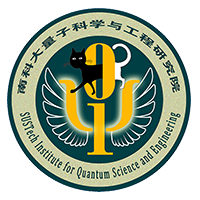The content is being updated...




The content is being updated...

Copyright Reserved 2015-2025 © Shenzhen Institute for Quantum Science and Engineering(https://siqse.sustech.edu.cn) | 粤ICP备14051456号 |
